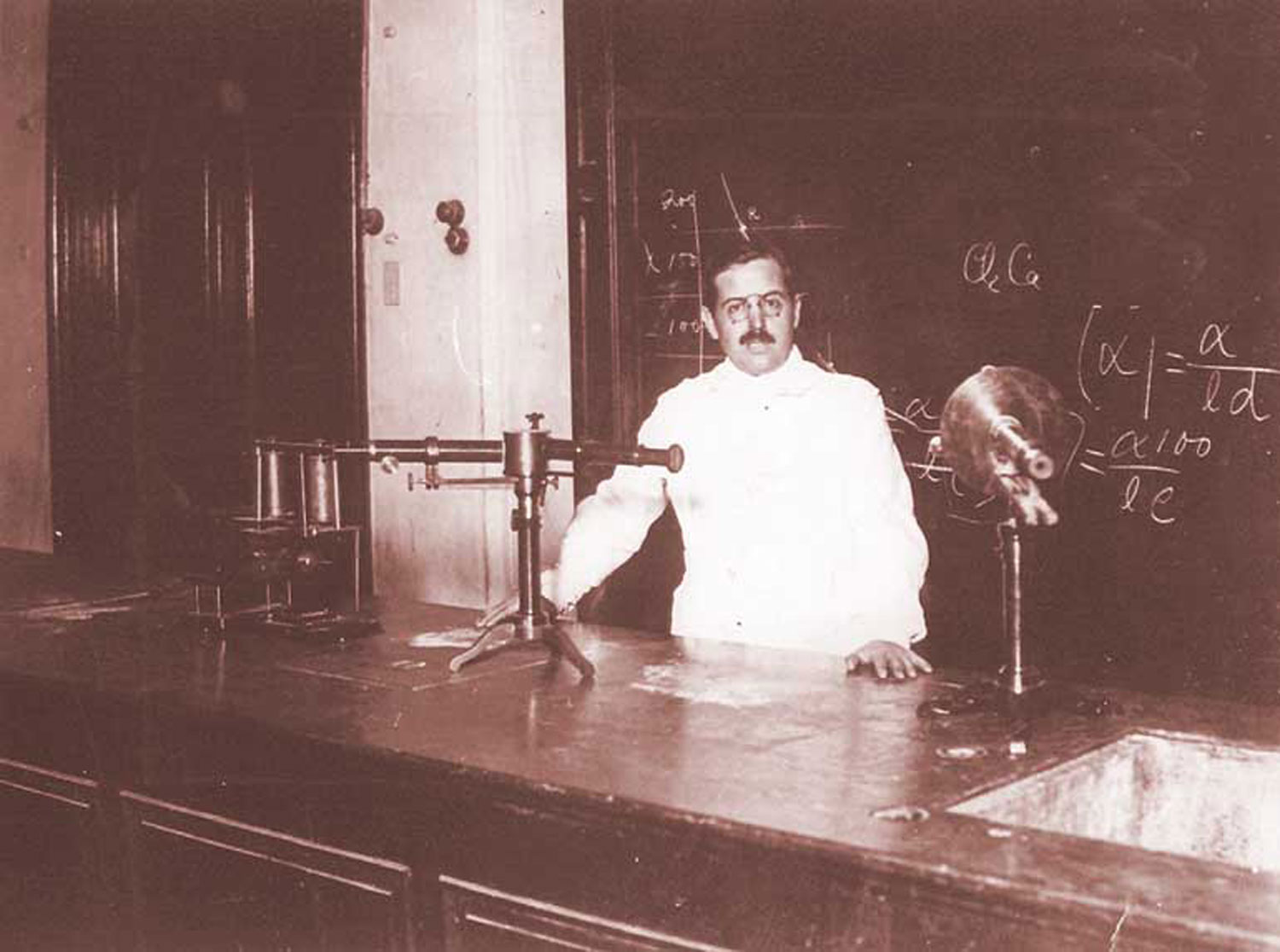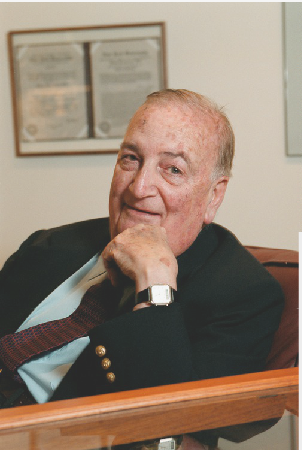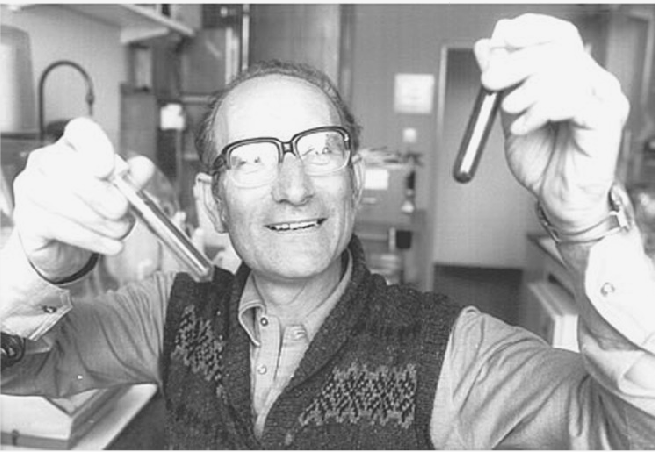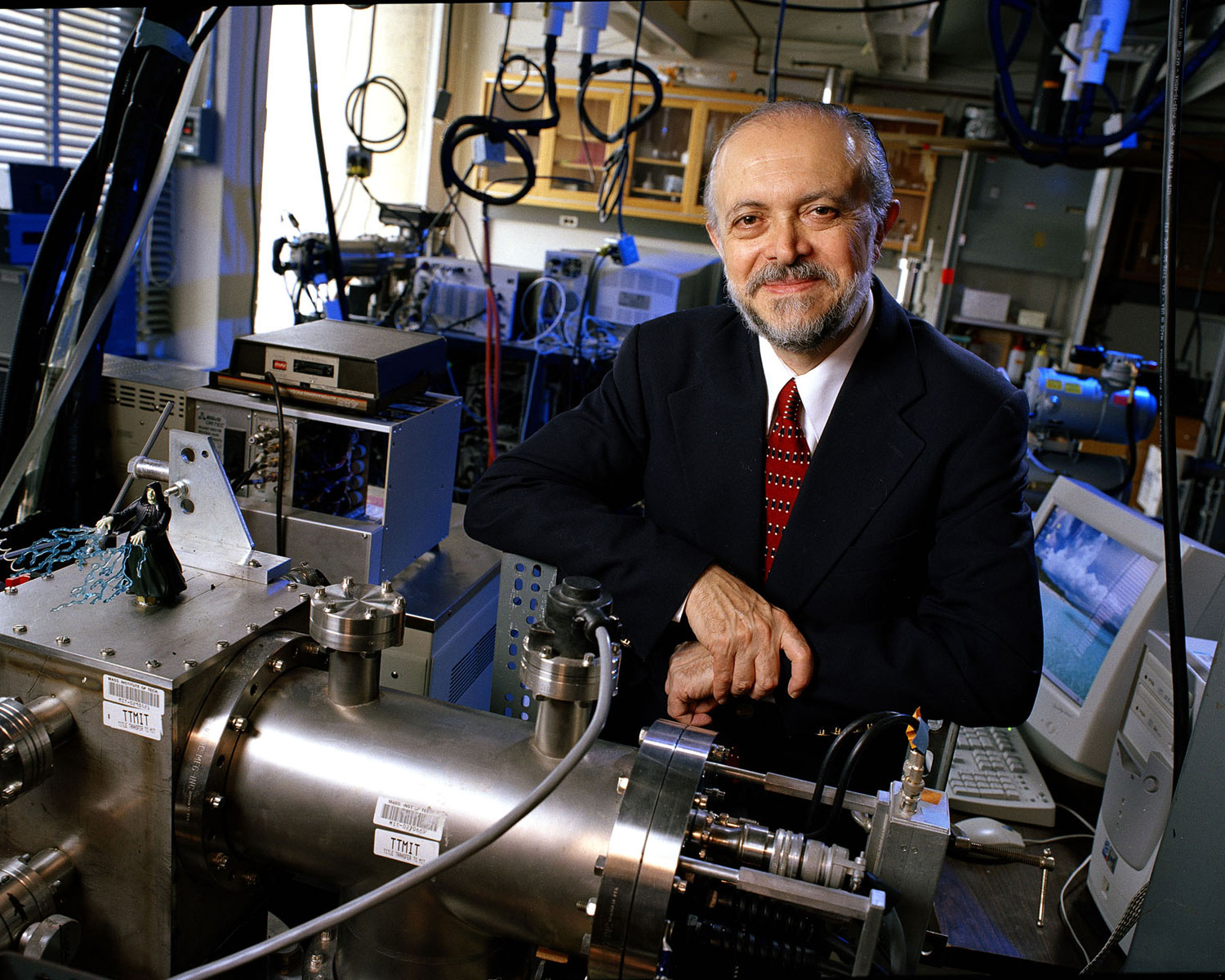1947-1995
Whether in literature, economics, humanitarianism, or the sciences, the Nobel Prize is an international hallmark of excellence. Although both the Peace and Literature Prizes have been earned by many individuals throughout the developing world, the award in the sciences (physics, chemistry, and medicine) have remained largely the domain of scientists from Western Europe and the United States. This may seem understandable for several reasons, including the cutting-edge technology, abundant funding, and established scientific institutions in these regions.
Since the introduction of the Nobel Prize in 1901, five Latin Americans have received an award for science. Bernardo Houssay (physiology, 1947), Luis F. Leloir (chemistry, 1970), and Cesar Milstein (physiology, 1984) are all from Argentina, a country that began developing its own unique and efficacious laboratory style in the early twentieth century. Historian of medicine Marcos Cueto noted how, in the 1920s, Bernardo Houssay established ways to conduct physiological research on a low budget and without the benefits of advanced technology or elite experimental scientists. The institutions he established helped to train a new generation of Argentinean physiologists in laboratory research, including future Nobel winner Leloir. Although laboratory styles, imported equipment, and pure intelligence contributed to the findings of these two, a large part of their success was in focusing on topics that were being ignored in the world's more prominent research centers (Cueto 1994). Only two Latin Americans from countries other than Argentina have received Nobels: Baruj Benacerraf (physiology, 1980) is Venezuelan and Mario J. Molina (chemistry, 1995) is a Mexican.
While these examples of excellence were well deserving of international recognition, it is noteworthy that the scientific emphasis in Latin America since at least the late eighteenth century has been on the practical application of scientific work, not pure experimentation and the discovery of novelties. Metallurgy, agriculture, mining, engineering, pharmacology, and other sciences that could directly benefit the fledgling nations of Latin America were given preference over pure laboratory sciences, such as physics. Compared with the medical institutions of other regions, Latin American universities have often underemphasized medical research in the training of physicians. Faculty members at medical schools had full-time medical practices, leaving only a few hours a week for teaching and even less for research.
With the exception of Houssay and Leloir, all other Latin Americans who have received science Nobels did their advanced training and made their most noteworthy discoveries in either the United States (Benacerraf and Molina) or England (Milstein). As long as funding and institutions remain inadequate for conducting cutting edge research, many Latin American scientists interested in experimentation and pure research will continue to seek Ph.D.s and employment abroad.
Questions for further exploration:
1. As international communication and travel become more common, Latin America's place among the lesser known regions to practice science may be reconstrued. Will the new opportunities for interaction amongst scientists throughout the world bring the less adequately funded regions into the scientific mainstream, or might it serve to further relegate people working on the geographical fringes of science?
2. Examine the work of any two of the Latin Americans to win Nobel Prizes for science. Are there elements of their chosen topic, research methods, or emphases that are distinctly Latin American? Or were their styles in keeping with those of the U.S. or England? Or a hybrid of both?
3. Consider prize-winning work done by each of these scientists. Whose research has had the greatest effect on science at the international level? Why?
4. The new research methods that Houssay introduced to Argentina were instrumental in changing how scientific work was conducted in that country. Considering that Leloir is the only other Latin American to receive the Nobel for work done in Latin America, what specific roles did Houssay's style of research play in Leloir's discoveries?
Further reading:
Cueto, Marcos. "Laboratory Styles in Argentine Physiology." In Isis, vol. 85, no. 2. (June, 1994), p. 228-246.




